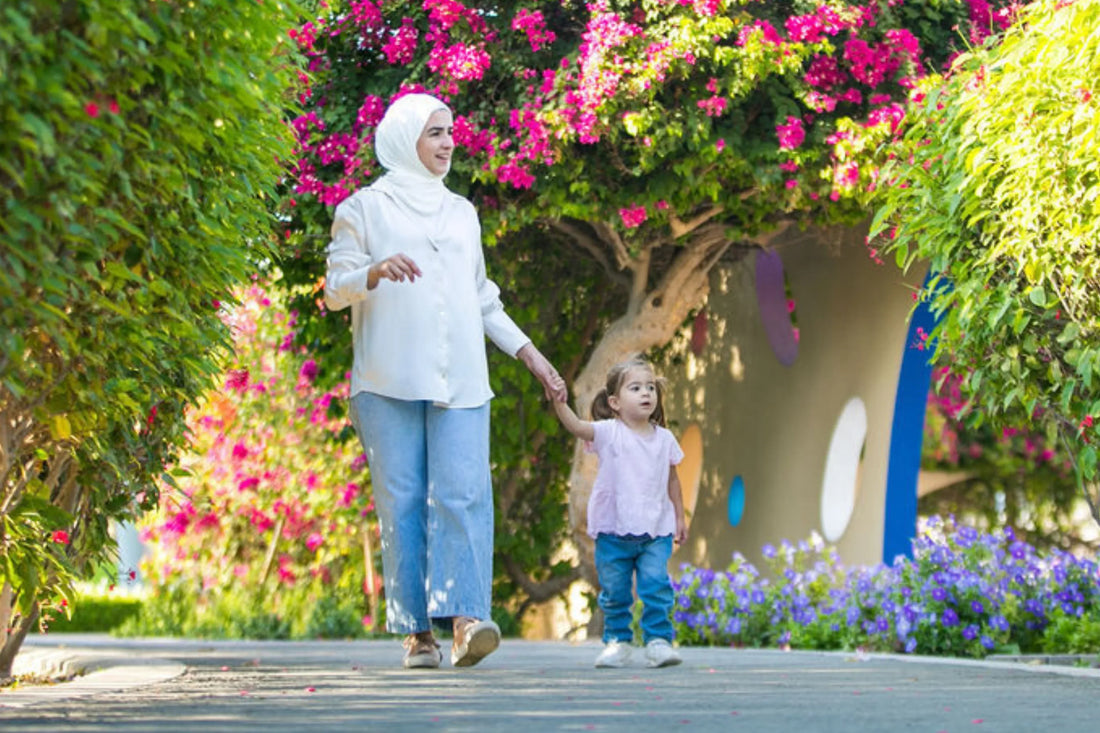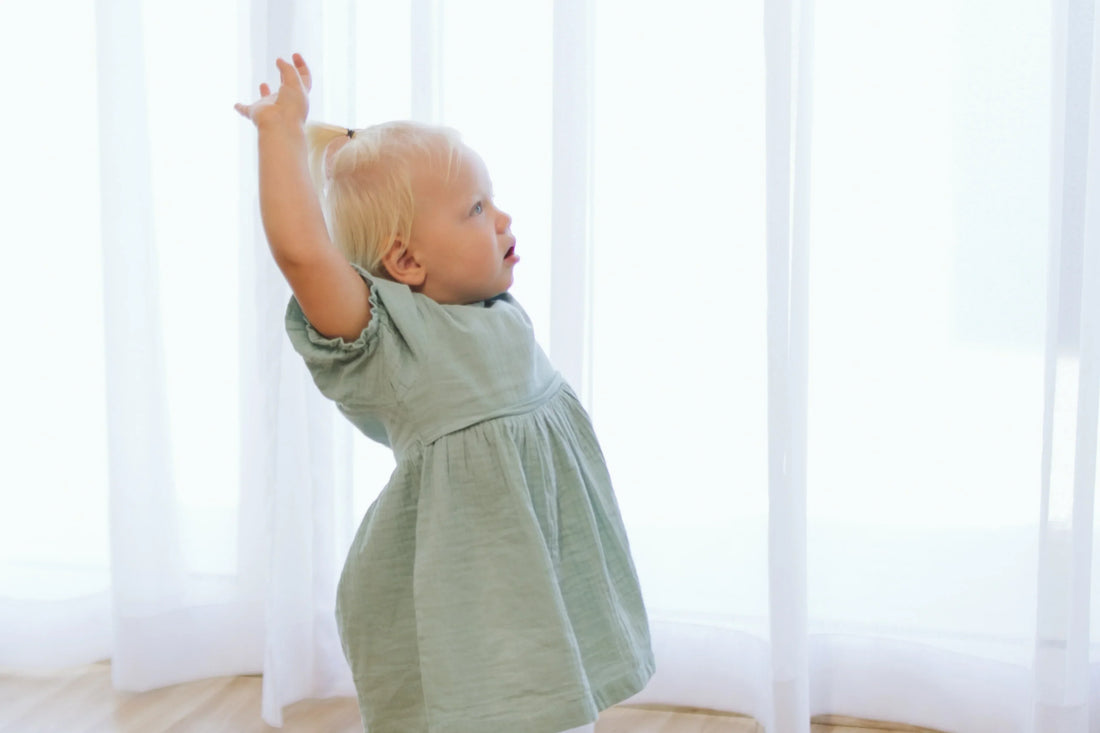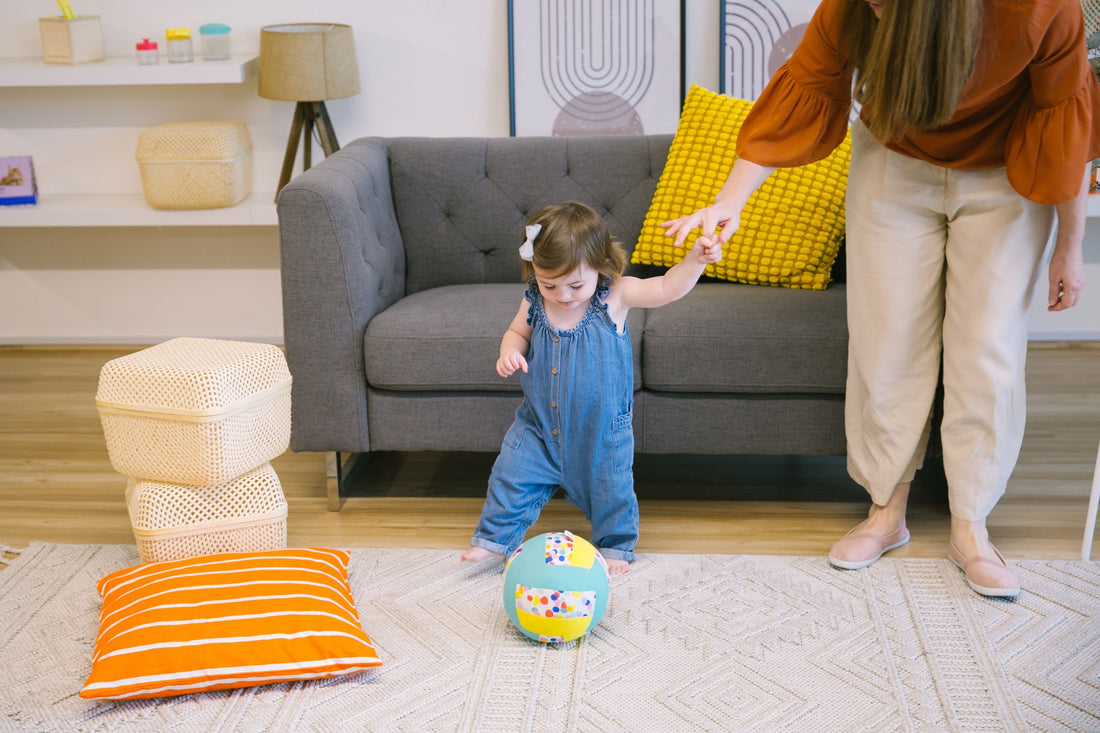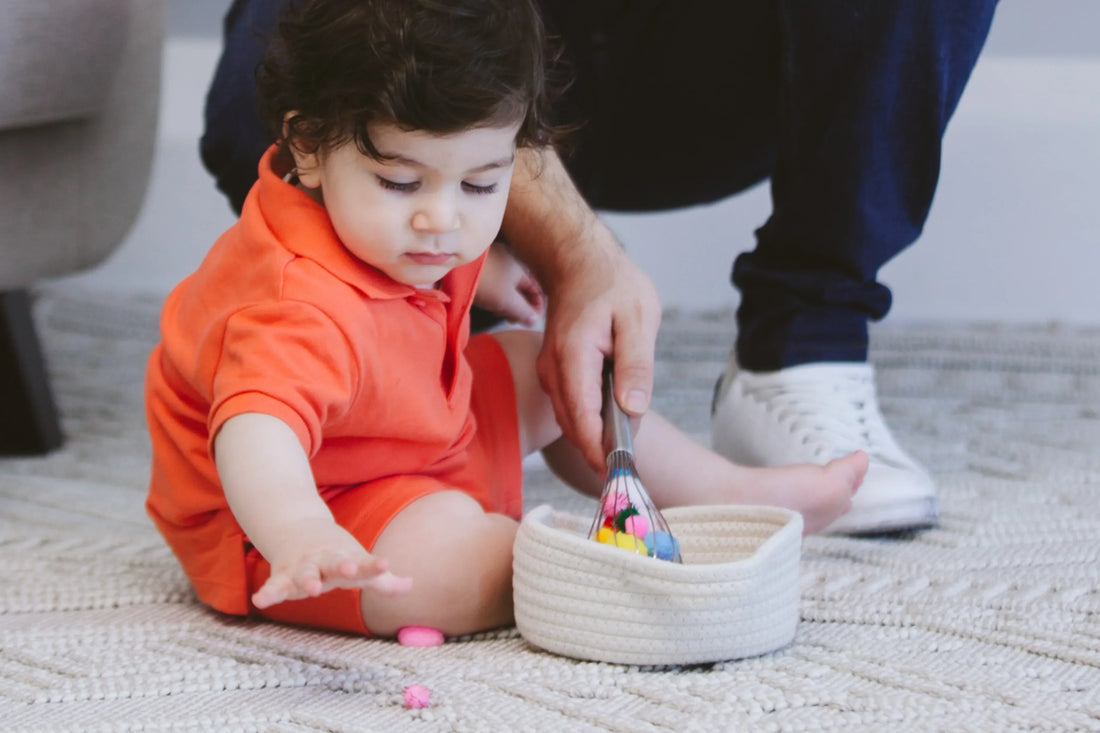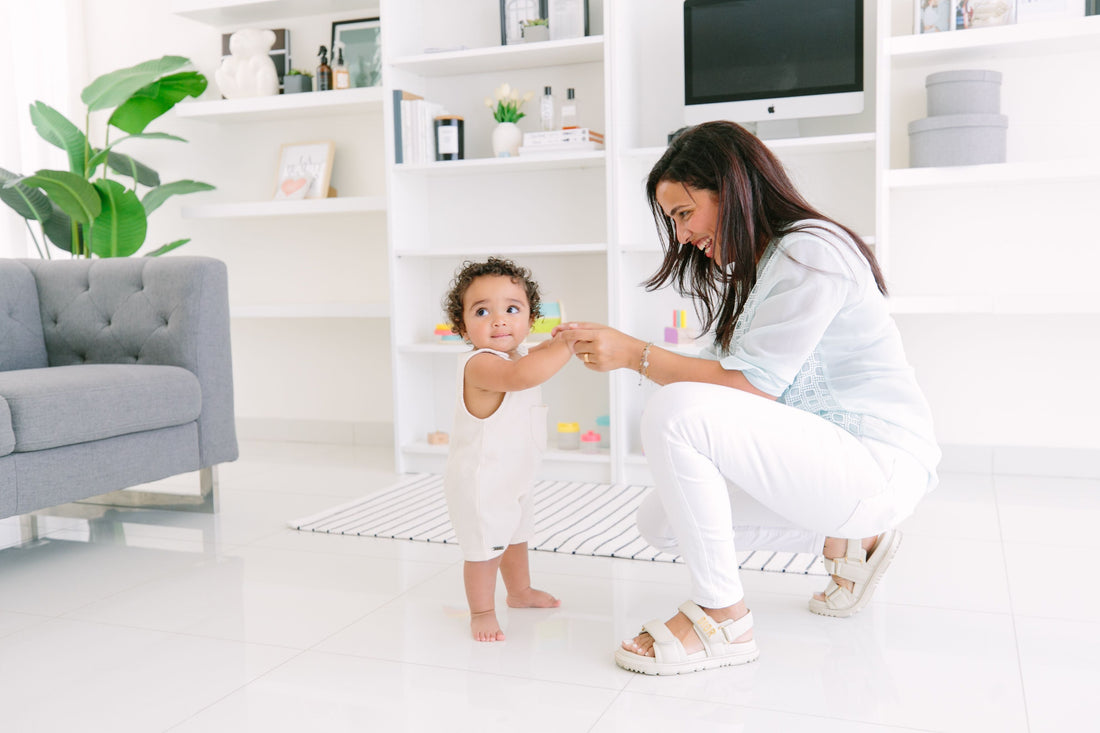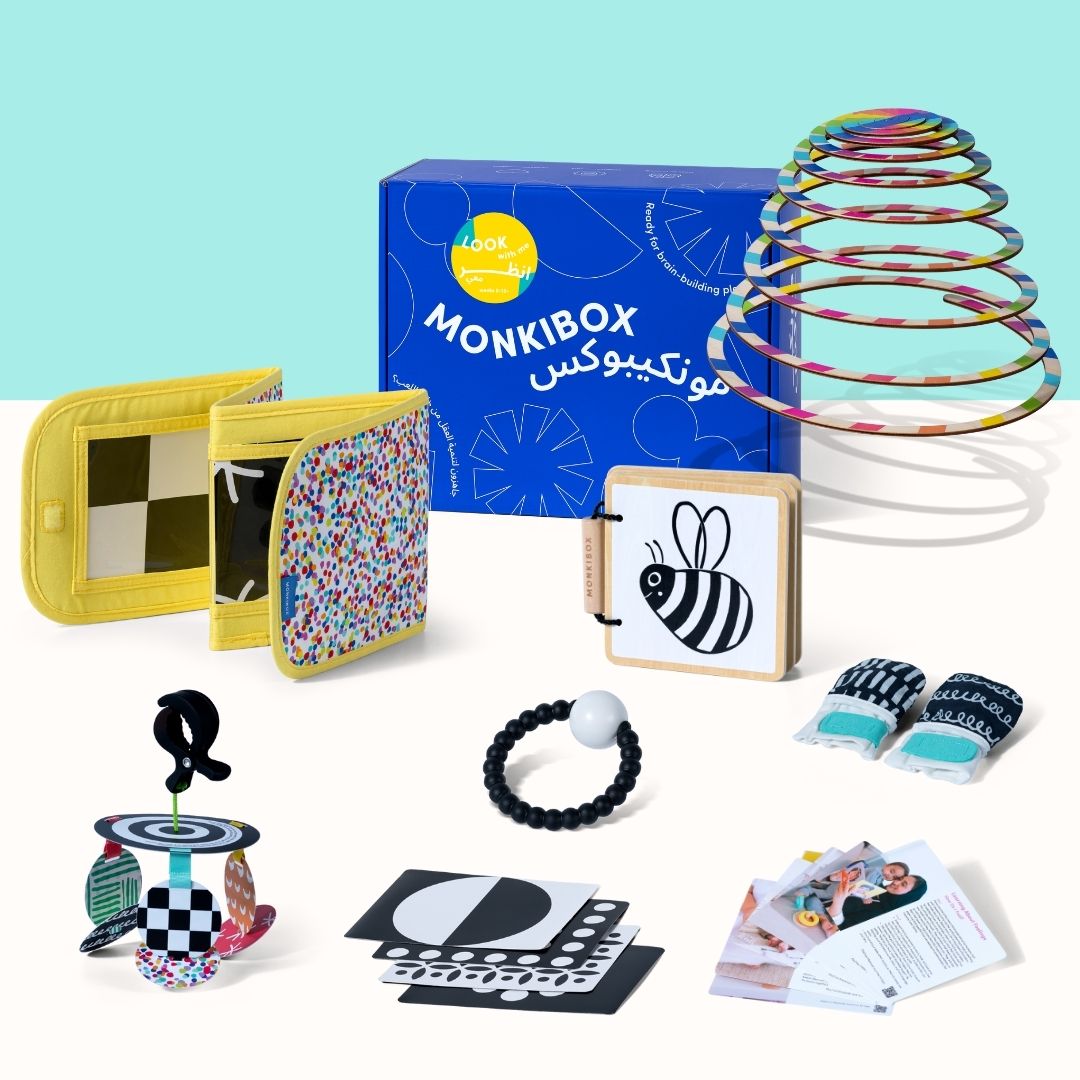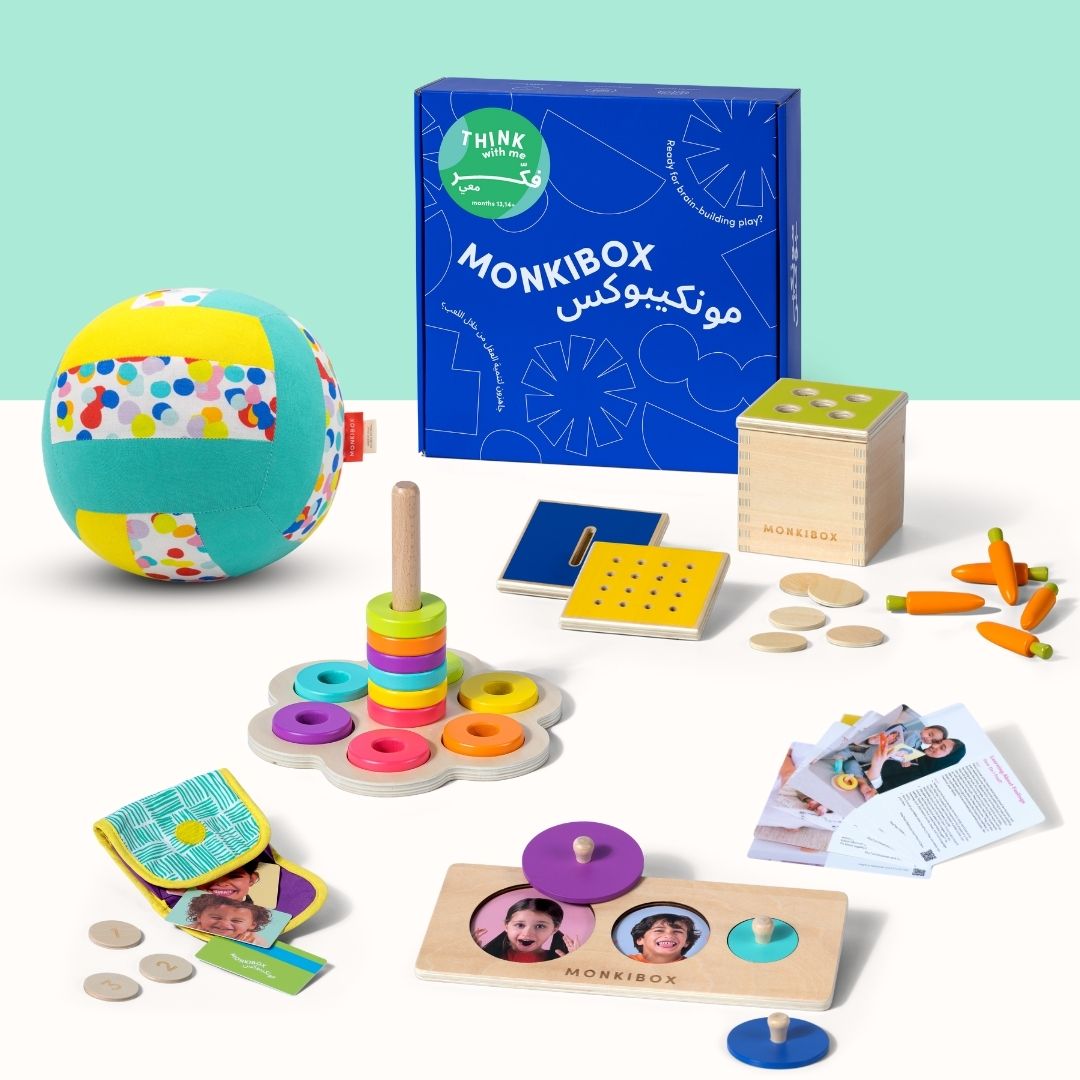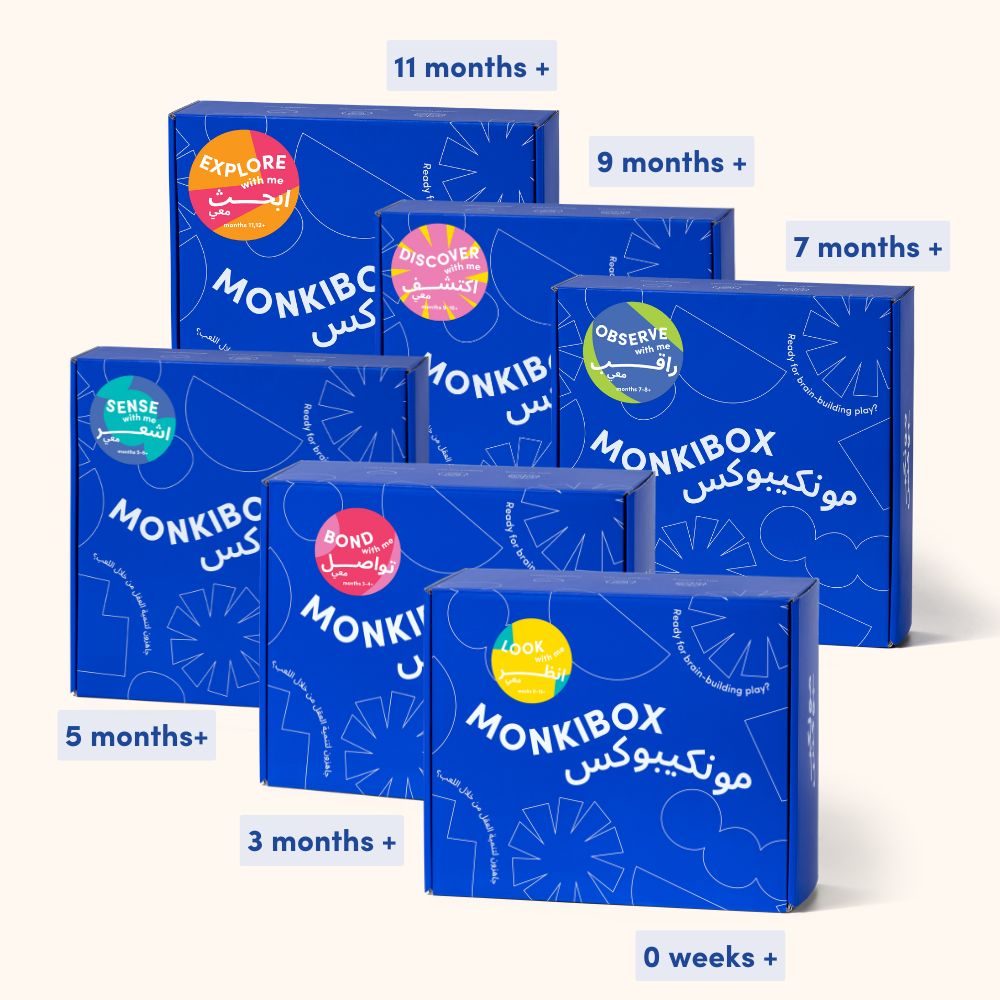Parenting with Me
Why Hand-to-Hand Transfer Is an Underrated but Important Milestone
By around 20 weeks, your baby may be showing off some big moves like rolling over and even sitting up. But there’s another quiet milestone that deserves just as much celebration: hand-to-hand transfer. Around the 5-month mark, your baby starts to realize their hands are not just for waving in the air—they’re tools for action! One of the most telling signs is when they start passing a toy from one hand to the other. This simple act is a huge leap in motor development. Why Do Babies Start Transferring Objects Between Their Hands? This skill signals that your baby is developing coordination across the body’s midline. Crossing the midline is essential for tasks like self feeding, dressing, and later, writing. Transferring objects helps both sides of the brain and body work together—a foundational step in physical and cognitive development. Early Signs of Hand-to-Hand Transfer in Infants: - Bringing both hands together at the center of the body- Reaching for toys using both hands - Bringing objects to the mouth to explore them These movements typically emerge between 4 and 6 months as your baby’s hand-eye coordination and bilateral motor control improve. When Do Babies Begin Transferring Objects Between Hands? Most babies start experimenting with this skill around 5 months and refine it by 7 months. Girls often reach this milestone slightly earlier than boys, according to a 2018 Yale study. So, don’t worry if your baby is taking their time—every child progresses at their own pace. How This Milestone Supports Motor Development: - Encourages coordination between both sides of the body - Boosts spatial awareness and hand-eye coordination - Builds the foundation for everyday actions like using utensils or getting dressed - Promotes planning and purposeful movement Helpful Tools: Try Montessori-inspired toys like interlocking discs. Their shape and motion encourage wrist rotation and midline crossing. Plus, they double as teethers, making playtime both fun and functional. Hand-to-hand transfer may look small, but it plays a big role in preparing your baby for life’s next stages. Start the development journey with MonkiBox. Our Montessori-inspired toys are designed to give your child the best start.
Peeling Activities for Babies: How to Strengthen the Pincer Grasp Through Play
One of the easiest ways to practice your baby’s pincer grasp is to give them opportunities to peel things. Here are our top 5 ideas.
Why You Should Go on a Nature Walk with Your Little One
Nature walks offer a world of discovery for your toddler. Learn how to make the most of outdoor exploration with these expert tips.
Toddler Yoga: Boost Your Child’s Development with Fun, Mindful Movement
Toddler yoga offers a fun way to enhance physical and emotional development. Discover the benefits and how to get started with your little one.
Fun and Safe Climbing Activities for Your Toddler
Explore expert-approved climbing activities that promote safe exploration and gross motor development in toddlers.
The Social-Emotional Connection to Your Toddler Learning How to Walk
Discover the social-emotional aspects of your toddler's journey to walking and how you can support them through this milestone.
How Can My Toddler Play Safely with Small Objects?
Expert tips for ensuring your toddler's safety while they explore small objects during play.
How to Support Your Toddler’s First Steps: 6 Fun and Effective Ways to Encourage Walking
Your little one is going to start exploring their gross motor skills. Here’s how you can help your toddler develop the skills to take their first steps.
Understanding Play Schemas: How Repetitive Movement Builds Your Baby’s Brain
Have you ever heard that it takes 10,000 hours to master a new skill?



